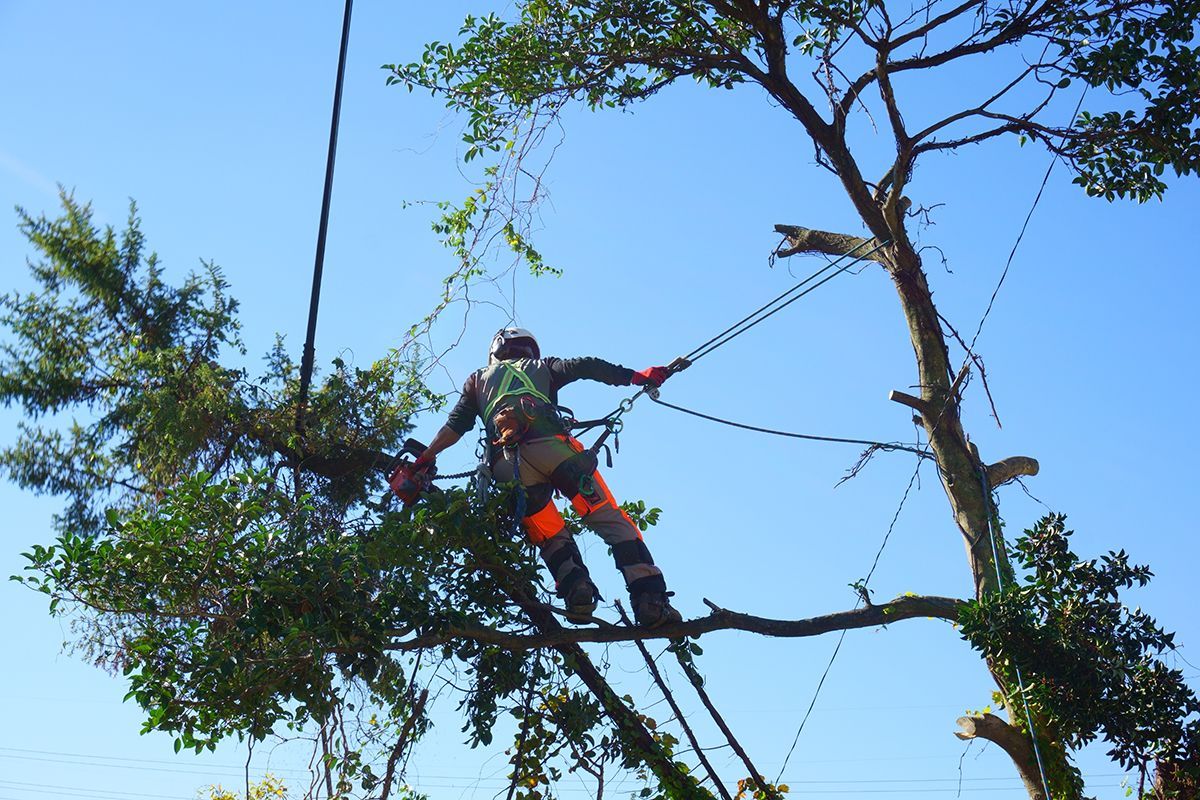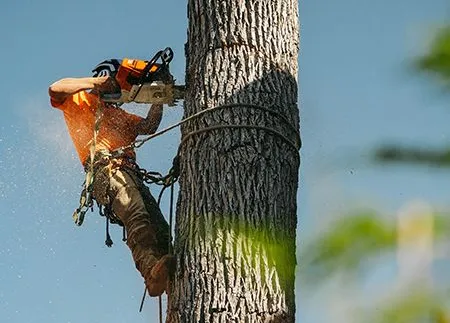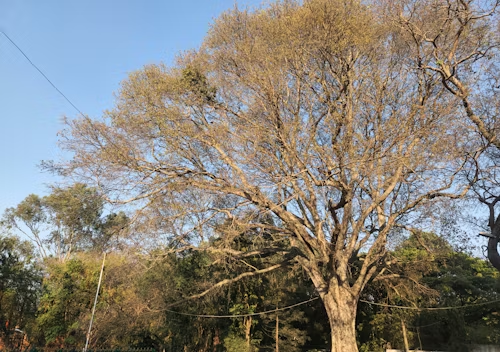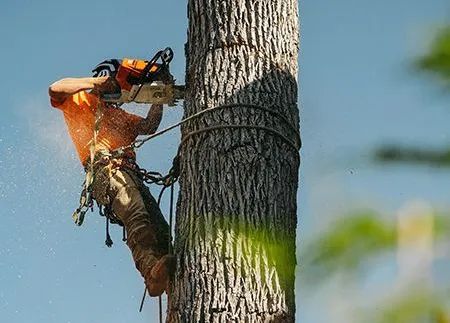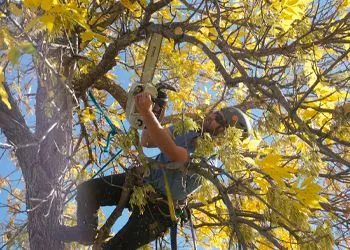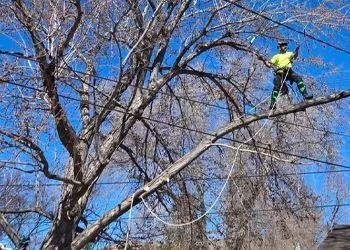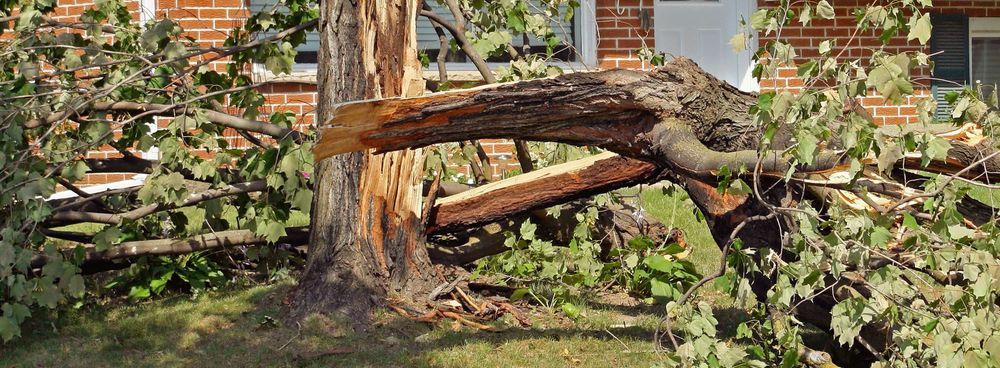Canyon Falls Tree Works Blog
5 Tips for Choosing the Right Tree for Your Rapid City Property
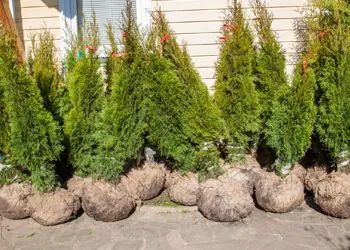
Planting a new tree on your Rapid City property is a great way to improve curb appeal and enjoy long-term benefits like shade, privacy, and seasonal beauty. However, the Black Hills region presents unique challenges when it comes to choosing trees, including a wide range of temperatures, occasional drought, and strong winds. To help ensure your new tree thrives for years to come, it’s important to make a thoughtful selection. At Canyon Falls Tree Works, we provide expert tree planting services in the greater Rapid City area. Here are five tips to help you choose the right tree for your Rapid City property.
Take Local Climate Conditions Into Account
Rapid City experiences all four seasons, including cold winters and hot, dry summers. Choosing a tree that can withstand these fluctuations is essential. Look for species that are hardy in the area and can handle occasional drought and windy conditions. Native or well-adapted trees often do well in the area and are more likely to thrive with minimal maintenance.
Evaluate Your Yard’s Space and Sunlight
Before planting, assess how much space you actually have for a mature tree. Some trees grow tall with wide canopies, while others stay compact and narrow. Make sure there’s enough room for roots to expand and branches to grow without crowding buildings, driveways, or power lines. Also, consider the amount of sunlight the planting spot receives throughout the day, as some trees prefer full sun while others do better in partial shade.
Understand Soil Type and Drainage
The soil across Rapid City properties can vary significantly. It’s a good idea to test your soil’s drainage and pH level before planting. Trees like green ash and linden are more adaptable to different soils, but other species may require specific conditions.
Decide on the Tree’s Purpose
Think about why you want to plant the tree. Do you want shade over your patio? A burst of color in the fall? Different trees serve different purposes, so narrowing down your goals will make it easier to find the right match.
Plan for Long-Term Maintenance
All trees require some level of maintenance, but some are more demanding than others. Consider how much time you’re willing to spend pruning, watering, or cleaning up leaves and fruit. Low-maintenance species can be great choices for homeowners who want beauty without a lot of extra work.
Professional Tree Planting & Transplanting in Rapid City, SD
When you need tree services in Rapid City and the surrounding area, contact Canyon Falls Tree Works at 605-250-2267. Feel free to give us a call to arrange an arborist estimate in Rapid City!
